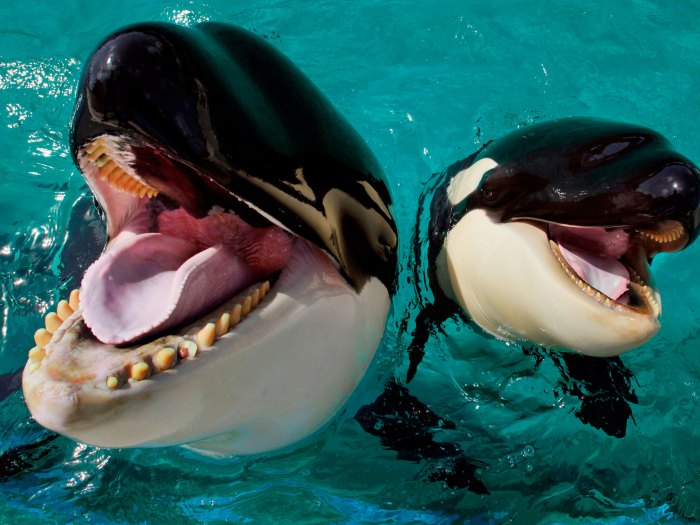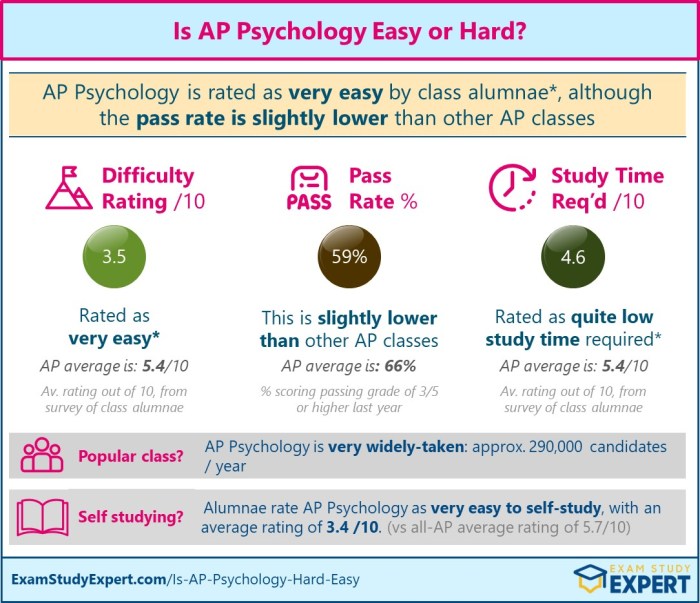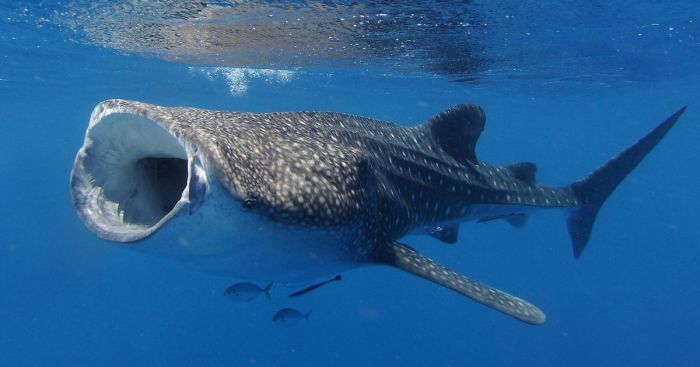People of the whale ap lit – Embarking on a literary journey with “People of the Whale,” we delve into a captivating novel that explores profound themes and complex characters. Its title sets the stage for a narrative that weaves together the lives of individuals and their intricate connection to the natural world.
In the novel’s evocative setting, we encounter characters grappling with questions of identity, belonging, and the impact of their actions on the environment. Through their relationships and struggles, the story unfolds a poignant tapestry of human experience.
People of the Whale: Introduction: People Of The Whale Ap Lit

The title “People of the Whale” holds immense significance in the novel, embodying the profound connection between the Inupiat people and the majestic bowhead whales. The novel is set in the remote Arctic village of Barrow, Alaska, where the lives of the Inupiat are inextricably intertwined with the annual whale hunt.
People of the Whale AP Lit is a great book that explores themes of identity, belonging, and the search for meaning. If you’re looking for a thought-provoking read that will stay with you long after you finish it, I highly recommend it.
For a similar exploration of these themes in a different setting, check out god save the queen tijuana . It’s a fascinating look at the lives of Mexican immigrants in the United States, and it’s sure to give you a new perspective on the immigrant experience.
But don’t forget to come back to People of the Whale AP Lit for a deeper dive into the complexities of identity and belonging.
The story revolves around the experiences of the villagers, particularly the young hunter Ishmael, as they navigate the harsh conditions of the Arctic and the challenges of preserving their cultural traditions in the face of modernity. The novel explores themes of identity, cultural preservation, and the enduring bond between humans and nature.
Characters and Relationships

People of the Whalefeatures a cast of complex and compelling characters whose relationships and conflicts drive the narrative. The novel explores the themes of identity, community, and belonging through the interactions of these individuals.
Main Characters
| Character | Traits | Relationships | Motivations |
|---|---|---|---|
| Tunu | Intelligent, resourceful, curious | Son of the Shaman, leader of the village | To protect his people and preserve their traditions |
| Alia | Strong, independent, skilled hunter | Daughter of the village’s best hunter | To prove herself and earn the respect of her peers |
| Ula | Wise, spiritual, healer | Shaman of the village | To guide his people and maintain balance with the natural world |
| Niaqorn | Ambitious, manipulative, outsider | Son of a powerful leader from a neighboring village | To gain power and control over the whale |
Dynamics Between Characters
The relationships between the characters in People of the Whaleare complex and often strained. Tunu and Alia’s friendship is tested by their different goals and expectations. Ula’s wisdom and guidance are challenged by Niaqorn’s ambition. The dynamics between these characters shape the story’s events and create tension and conflict.
s
- Tunu and Alia’s Friendship
- Ula’s Influence on the Village
- Niaqorn’s Role as an Outsider
- The Conflict Between Tradition and Ambition
Themes and Symbolism

The novel “People of the Whale” explores a multitude of themes, delving into the depths of human identity, the complexities of belonging, and the pressing concerns of environmentalism.
Identity
Identity is a central theme in the novel, as the characters grapple with their sense of self in the face of changing circumstances and cultural expectations.
- Whale hunting: The act of whale hunting is a symbol of the conflict between the traditional Inuit way of life and the modern world. The whale hunt represents the Inuit’s cultural identity, but it also poses a threat to the whales and the environment.
- The name “Apiitaq”: The name “Apiitaq” means “one who stands alone.” It is given to the protagonist, Kunuk, who struggles to find his place in both the Inuit and white worlds.
Belonging
The theme of belonging is intertwined with identity, as the characters seek to find their place in different communities.
- The Inuit community: The Inuit community is a close-knit group, but Kunuk feels like an outsider because he is not a skilled hunter.
- The white community: The white community is more accepting of Kunuk, but he still feels like he does not belong.
Environmentalism
Environmentalism is a major concern in the novel, as the characters witness the impact of human activity on the Arctic environment.
- Pollution: The novel depicts the effects of pollution on the Arctic environment, including the death of marine life and the contamination of the food chain.
- Climate change: The novel also explores the effects of climate change on the Arctic, including the melting of the ice caps and the disruption of animal migration patterns.
Cultural and Historical Context

People of the Whaleis set in the mid-20th century, against the backdrop of World War II and the post-war period. The novel reflects the social and political turmoil of this era, exploring themes of colonialism, racism, and the search for identity.
Colonialism and Imperialism
The novel portrays the impact of British colonialism on the indigenous people of New Zealand. The Maori people are subjected to discrimination, dispossession, and the loss of their traditional culture and way of life. Through the experiences of the Maori characters, the novel critiques the oppressive policies and attitudes of the British Empire.
Racism and Discrimination
Racism is a pervasive force in the novel, both within the colonial society and in the wider world. The Maori characters face prejudice and discrimination from the white settlers, while the white characters themselves are divided by class and ethnic tensions.
The novel exposes the hypocrisy and injustice of racism, showing how it can lead to violence and conflict.
Search for Identity, People of the whale ap lit
In the aftermath of the war, the characters in People of the Whalestruggle to find their place in a changing world. The Maori characters are torn between their traditional culture and the modern world, while the white characters are grappling with the guilt and trauma of war.
The novel explores the complex and often painful process of forging an identity in a society that is marked by division and conflict.
Narrative Structure and Style

People of the Whaleis a narrative that intertwines the past and present through the use of flashbacks and multiple perspectives. The novel’s non-linear structure allows for a gradual unfolding of the story, creating a sense of mystery and suspense.
Narrative Structure
- Flashbacks:The novel extensively employs flashbacks to provide insights into the characters’ past experiences and motivations. These flashbacks help establish the backstory and illuminate the present narrative.
- Multiple Perspectives:The story is told from various characters’ viewpoints, including those of the protagonist, Nalak, and his family members. This multi-perspective approach allows readers to gain a comprehensive understanding of the events and characters’ emotions.
- Foreshadowing:Throughout the novel, subtle hints and foreshadowing create a sense of anticipation and suspense. These elements hint at future events, adding depth to the narrative and keeping readers engaged.
Writing Style
Moore’s writing style is characterized by its vivid imagery, lyrical prose, and rich cultural details. The author’s use of descriptive language immerses readers in the novel’s setting and brings the characters to life.
- Lyrical Prose:Moore’s writing often resembles poetry, with a focus on rhythm, cadence, and evocative language. This lyrical quality enhances the novel’s emotional impact and creates a sense of wonder and awe.
- Cultural Details:Moore incorporates a wealth of cultural and historical details into the narrative, particularly those related to the Inuit culture. These details provide authenticity and depth to the story, offering insights into the characters’ beliefs and traditions.
Literary Devices and Techniques

In “People of the Whale,” Hwang Sok-yong masterfully employs literary devices to heighten the novel’s emotional impact and enhance its storytelling. Metaphors, similes, and vivid imagery create a tapestry of language that immerses the reader in the novel’s world.
Metaphors
Metaphors in the novel often equate the characters and their experiences with elements of nature. For instance, Minho, the protagonist, is described as a “whale’s heart” due to his profound connection to the sea and his determination to protect it.
This metaphor not only conveys Minho’s physical strength but also symbolizes his emotional depth and resilience.
Similes
Similes in the novel draw comparisons between seemingly disparate elements, creating vivid and memorable images. For example, Hwang describes the old woman Minho meets as having “eyes like the sea,” highlighting the vastness and wisdom she embodies. Such similes evoke sensory experiences that deepen the reader’s engagement with the characters.
Imagery
Hwang’s use of imagery transports the reader to the novel’s setting, vividly capturing the beauty and harshness of the coastal environment. The novel’s opening chapter, which describes Minho’s return to his hometown, is filled with evocative imagery of the sea, the boats, and the fishermen’s lives.
This imagery creates a sense of place and atmosphere that sets the stage for the novel’s unfolding events.
Top FAQs
What is the significance of the whale in the novel?
The whale serves as a powerful symbol of the interconnectedness between humans and nature. It represents the fragility and resilience of life, as well as the impact of human actions on the environment.
How does the novel explore the theme of identity?
The novel delves into the complex and evolving identities of its characters. Through their experiences and interactions, the characters question who they are, where they belong, and how they can find their place in the world.